
AAAA batteries are cylindrical batteries. These energy storage devices are utilized in tiny electronic gadgets such as flashlights, kitchen tools, and computer mice.
When you see a product requiring an AAAA battery, you might think it is a misprint for the AAA battery. These batteries look similar to the more extensive AA and AAA sizes. However, AAAA batteries have different chemistries, offering various performances, features, and prices.
Here we will discuss everything you need to know to make your next AAAA battery replacement purchase.
AAAA Battery Features and Specifications
- Size: AAAA batteries are extremely compact, The dimensions of the AAAA batteries are 8.3 x 42.5 mm (Diameter x Height), making them ideal for use in small electronic devices.
- Voltage: The nominal voltage of an AAAA battery is 1.2 volts.
- Capacity: The capacity of an AAAA battery can vary depending on the brand and model, ebl aaaa rechargeabl battery capacity is 400mAh
- Chemistry: AAAA batteries are available in several different chemistries, including alkaline, lithium, and zinc-carbon.
- Shelf life: The shelf life of an AAAA battery can also vary depending on the chemistry and brand, but typically ranges from 2 to 10 years.
- Operating temperature: AAAA batteries are designed to operate over a wide temperature range, typically from -20°C to 60°C.
- Leak-proof: Most modern AAAA batteries are designed to be leak-proof, meaning that they will not leak electrolyte even if they are punctured or damaged.
- Cost: The cost of AAAA batteries can vary depending on the brand and chemistry, but they are typically more expensive than other cylindrical primary cell batteries of similar size and capacity.
- Compatibility: AAAA batteries are compatible with a wide range of small electronic devices, including remote controls, calculators, digital cameras, and flashlights.
AAAA batteries possess several labels, including:
- HR8D425 (NiMH, IEC standard)
- R8D425 (zinc-carbon, IEC standard)
- LR8D425 (alkaline, IEC standard)
- KR8D425 (NiCd, IEC standard)
- 25A (ANSI standard),
- LR61, and numerous others
Still, virtually all companies utilize the 'AAAA' tag to bypass perplexity.
How Do you Know if your AAAA Battery is Dead?
When your device using an AAAA battery is acting funny, you might wonder if the battery is dead or dying. You may wonder if you will need to recharge the battery or if you can recharge the battery.
- Device failure: If a device that uses an AAAA battery fails to turn on or operate as expected, it may be a sign that the battery is dead.
- Low voltage: You can use a multimeter to check the voltage of the battery. If it reads below 1.0 volts, it is likely dead.
- Reduced performance: If a device that uses an AAAA battery seems to be running less efficiently or lasts for a shorter period of time than it used to, it may be a sign that the battery is running low on power and needs to be replaced.
- Battery swelling or leakage: If you notice that the battery is swelling or leaking, it is definitely dead and needs to be replaced immediately as leaking batteries can cause damage to your device and pose a safety risk.
If you must replace a dead battery in an appliance, it is wise to replace all batteries in the utilized device. Therefore, this will negate the possibility of overcharging the other batteries. However, this could also mean the particular cause could be intermittent contact between the battery and the terminal.
Non-Rechargeable AAAA Batteries
Most AAAA batteries you encounter will be non-rechargeable alkaline AAAA batteries. These batteries typically are standardized with a voltage of approximately 1.5 volts and a power of roughly 400-600 mAh. However, there could be even more energy stored in these devices.
True capability relies on the release current and different clearance situations. For example, this AAAA battery features an entire faculty of:
- approximately250 mAh, when released with 300 mAh current
- roughlymAh, when released with 200 mAh current,
- around475 mAh, when released with 100 mAh current
- about680 mAh when released with a ten mAh current.
Zinc-carbon AAAA batteries are less expensive than alkaline AAAA batteries. Still, numerous battery factories offer alkaline AAAA batteries. These batteries provide a better performance, including better unchanging work voltage, more extensive power, and lengthier shelf life.
Rechargeable AAAA Batteries

Rechargeable AAAA batteries mainly arrive to you as Lithium-ion batteries. The other standard rechargeable AAAA batteries are Nickel Metal Hydride and Nickel Cadmium.
Nickel Cadmium (NiCd) AAAA batteries are seldom employed today because cadmium is a toxic pollutant known as heavy metal.
NiCd batteries have meager inner resistance and can safely provide more rapid, extensive currents. However, the negative is the discharge rate can be elevated. Therefore, there can be fewer charging and discharging cycles than NiMH batteries, which generally have a more undersized capability.
Also, both NiCd and NiMH batteries feature a negligible power of 1.2 volts. Therefore, some devices intended for 1.5V zinc-carbon or alkaline batteries could become damaged when utilizing the 1.2 volts NiCd and NiMH batteries.
Real power relies on the release requirements and generation of the battery. However, the shelf life of these batteries seems to keep the energy compared to the NiMH batteries.
Advancements in chemistry and the fact that NiCd batteries possess cadmium suggests NiMH should be a preferred choice over NiCd batteries.
Nickel Metal Hydride (NiMH) batteries endow more charging and discharging revolutions than NiCd batteries. Therefore they practically keep no memory impact. Also, NiMH batteries feature lower self-discharge rates and more extensive capability.
Since they don't possess toxic heavy metals, NiMH batteries are favored.
Trusting on the duplicate chemistry, Lithium-ion AAAA batteries possess a rough voltage averaging 3.2 and 3.7 volts and power between 150 and 200 mAh.
However, lithium-ion AAAA batteries are less ordinary than alkaline the utilization of the batteries is becoming more frequent.
Note: due to the higher voltage (3.2 - 3.7 vs. 1.2 - 1.5 volts), never replace alkaline or NiMH AAAA batteries with lithium-ion batteries. Unless the product explicitly notes that the gadget manufacturer authorizes such a substitute. Therefore you will know it will not damage the apparatus.
Here is how to know when to check for any contact issues:
- The battery charge takes a long time or is never completed( guideline: 2 to 3 times longer than the standard charging period).
- When the battery's working time on your device is noticeably shorter. Contact issues could be the culprit, primarily if you have used the battery only a few times.
In the cases above, the recommendation is to clean the battery's positive and negative terminals. Then using a cleaning cloth to clean the charger terminals with a cleaning cloth is recommended.
The Bottom Line
When your electronic devices, whether it is calculators, flashlights, laser pointers, and game controllers using an AAAA battery, start to act wonky, you might need to replace the battery.
We have gone over the different types of AAAA batteries. Therefore you should be able to tell the difference between a rechargeable AAAA battery and a non-rechargeable AAAA battery.
As a reminder, rechargeable AAAA batteries mostly come as Nickel Cadmium (NiCd), Nickel Metal Hydride (NiMH), and Lithium-ion batteries. These batteries have different use cases and the replacement should be with the same AAAA rechargeable battery type.
Where to buy AAAA battery charger?
AAAA batteries are commonly used in small electronic devices, such as remote controls, calculators, and digital cameras. To ensure that these devices are always powered and ready to use, it is important to have a high-quality AAAA battery charger.
Here are some things to consider when choosing an AAAA battery charger:
- Compatibility: Make sure that the charger you choose is compatible with the type of AAAA battery you are using, whether it be Ni-MH or Ni-Cd. Some chargers may not be compatible with both types, so it is important to check this before making your purchase.
- Charging time: The charging time can vary greatly depending on the charger, with some chargers taking as little as 30 minutes to charge a battery, and others taking several hours. Consider your needs and choose a charger that has a charging time that is appropriate for you.
- Number of batteries that can be charged at once: Some chargers are designed to charge just one battery at a time, while others can charge multiple batteries at once. If you use multiple AAAA batteries in your devices, consider purchasing a charger that can charge multiple batteries at once, as this will save you time and effort.
- Safety features: It is important to choose a charger that has safety features to protect your batteries and your device. Look for a charger that has overcharge protection, which will automatically shut off the charger when the battery is fully charged, to prevent overcharging and extend the life of the battery.

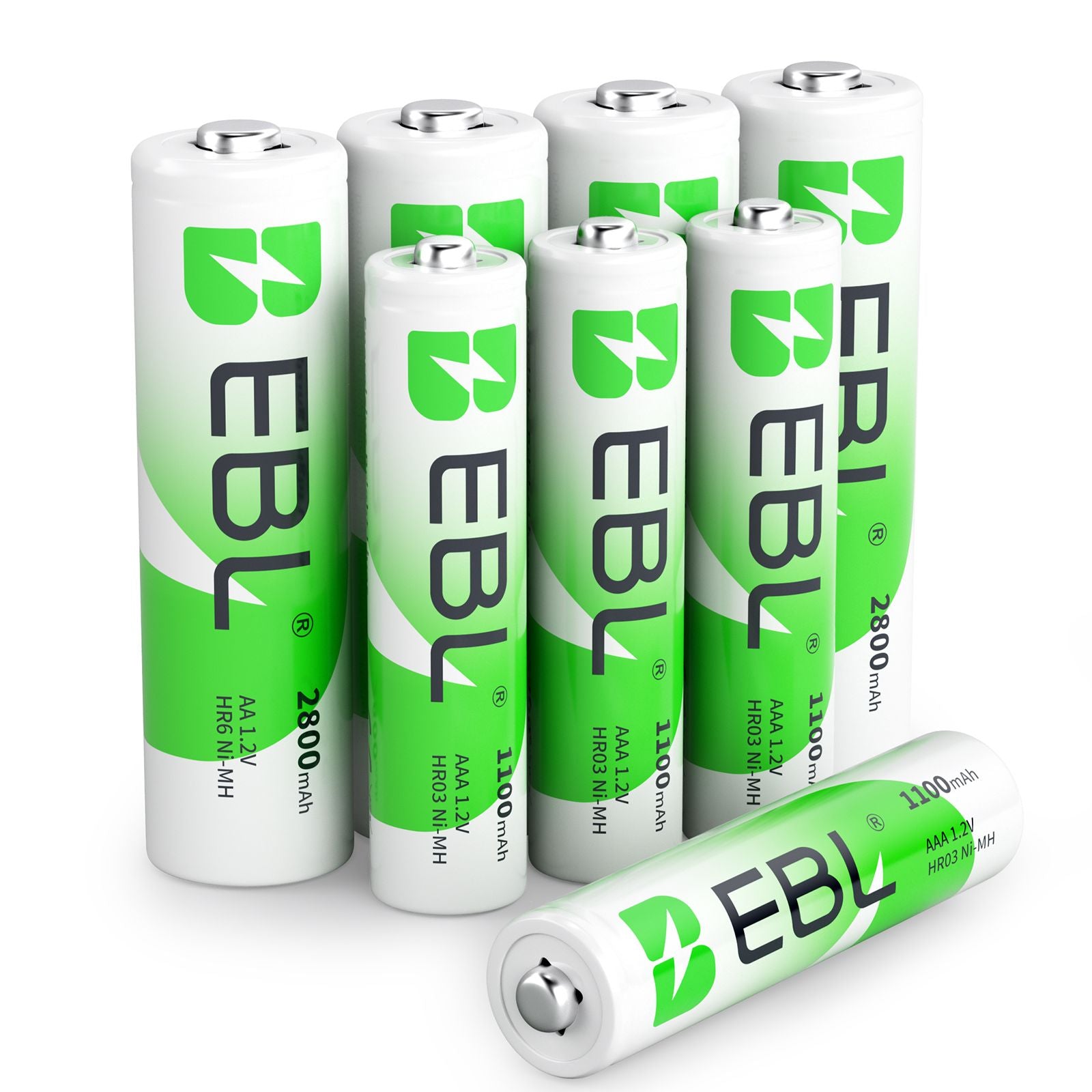
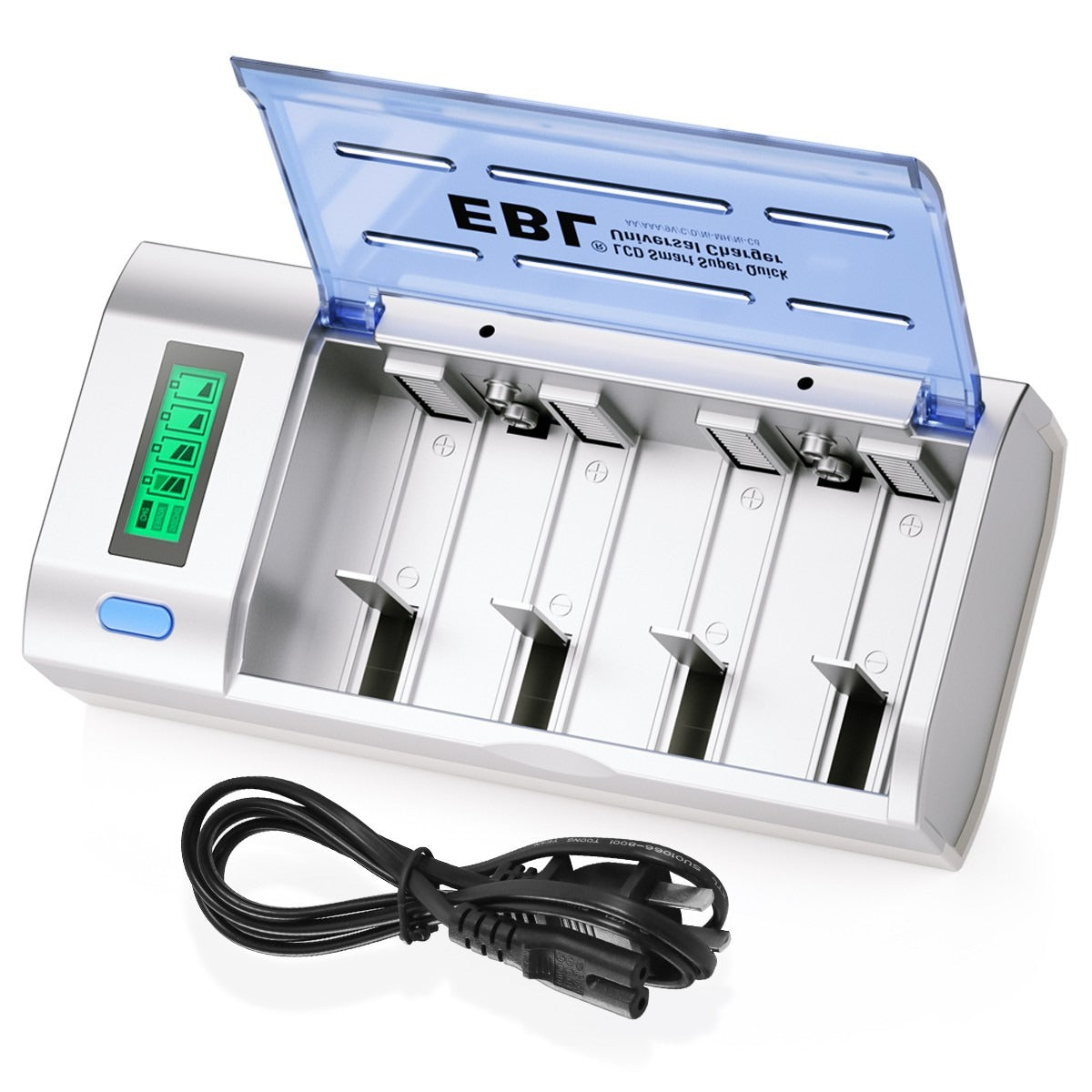
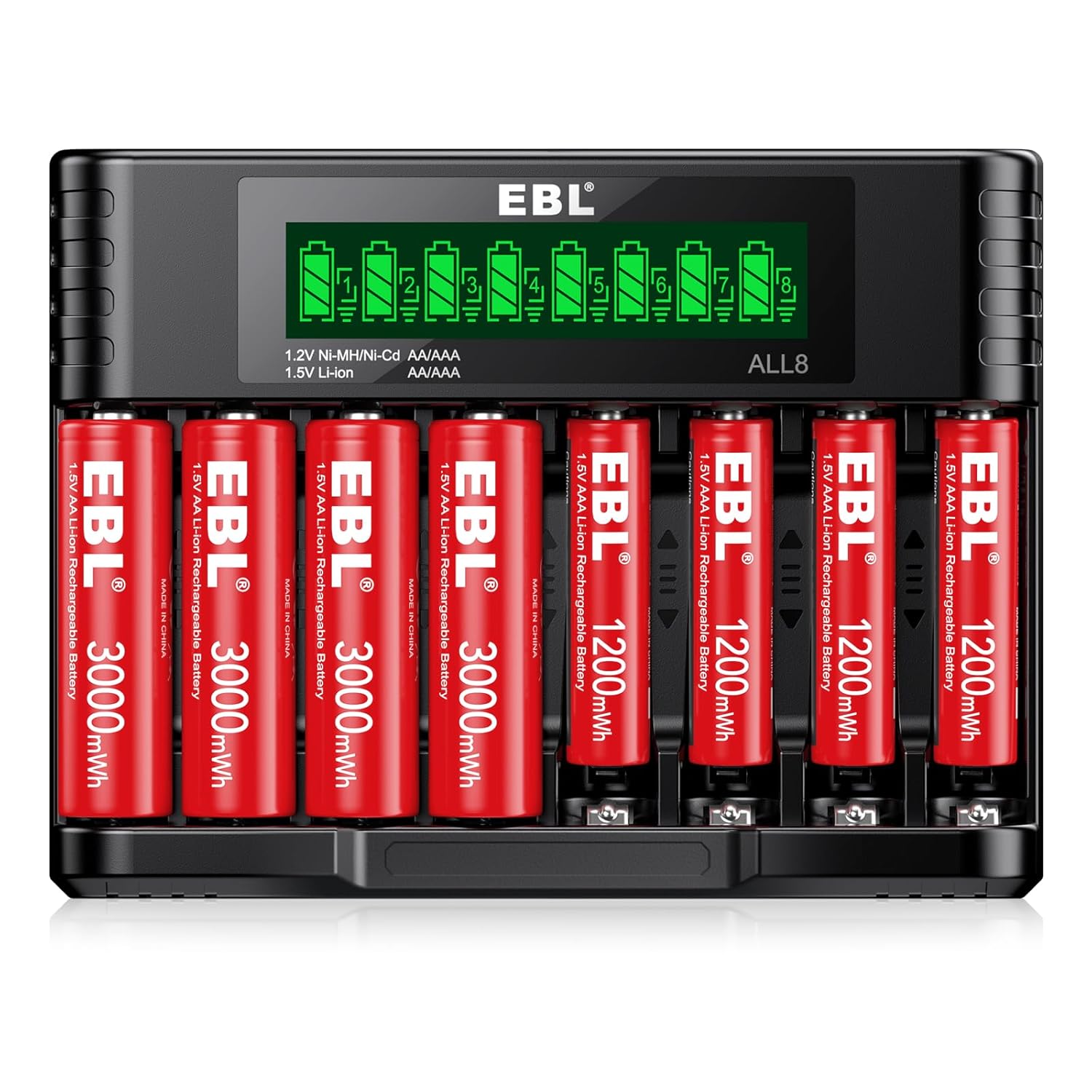
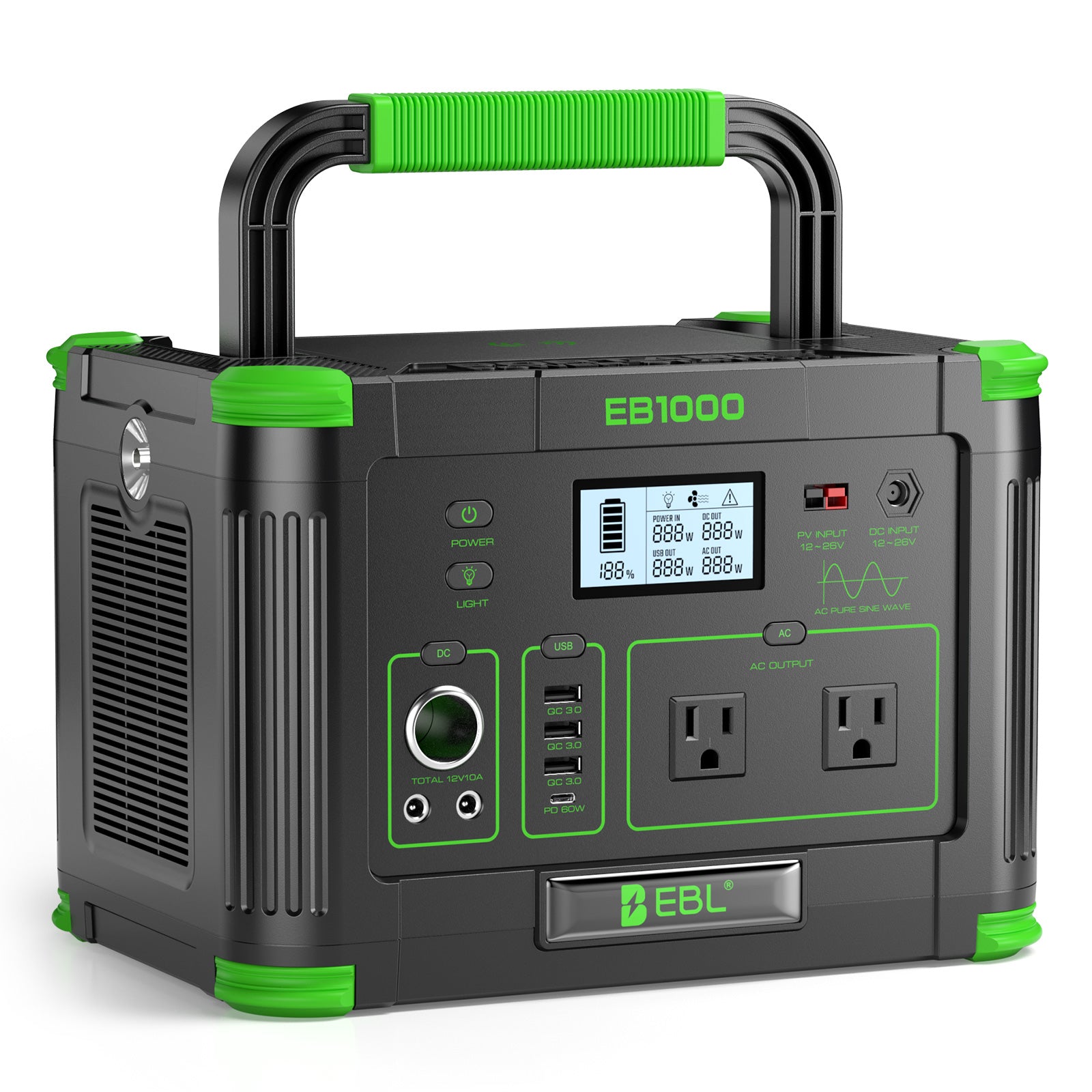
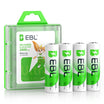
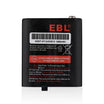
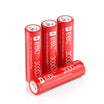
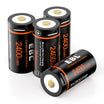
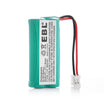
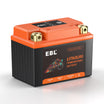
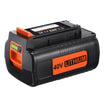
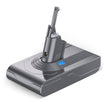
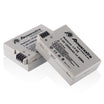
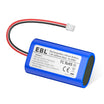
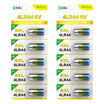
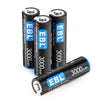
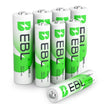
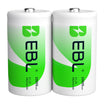
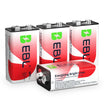
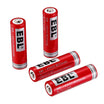
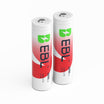
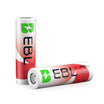
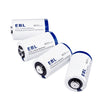
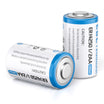
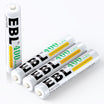
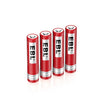
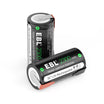
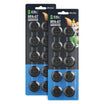
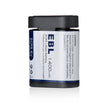
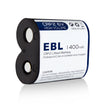
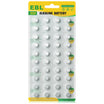
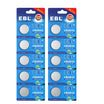
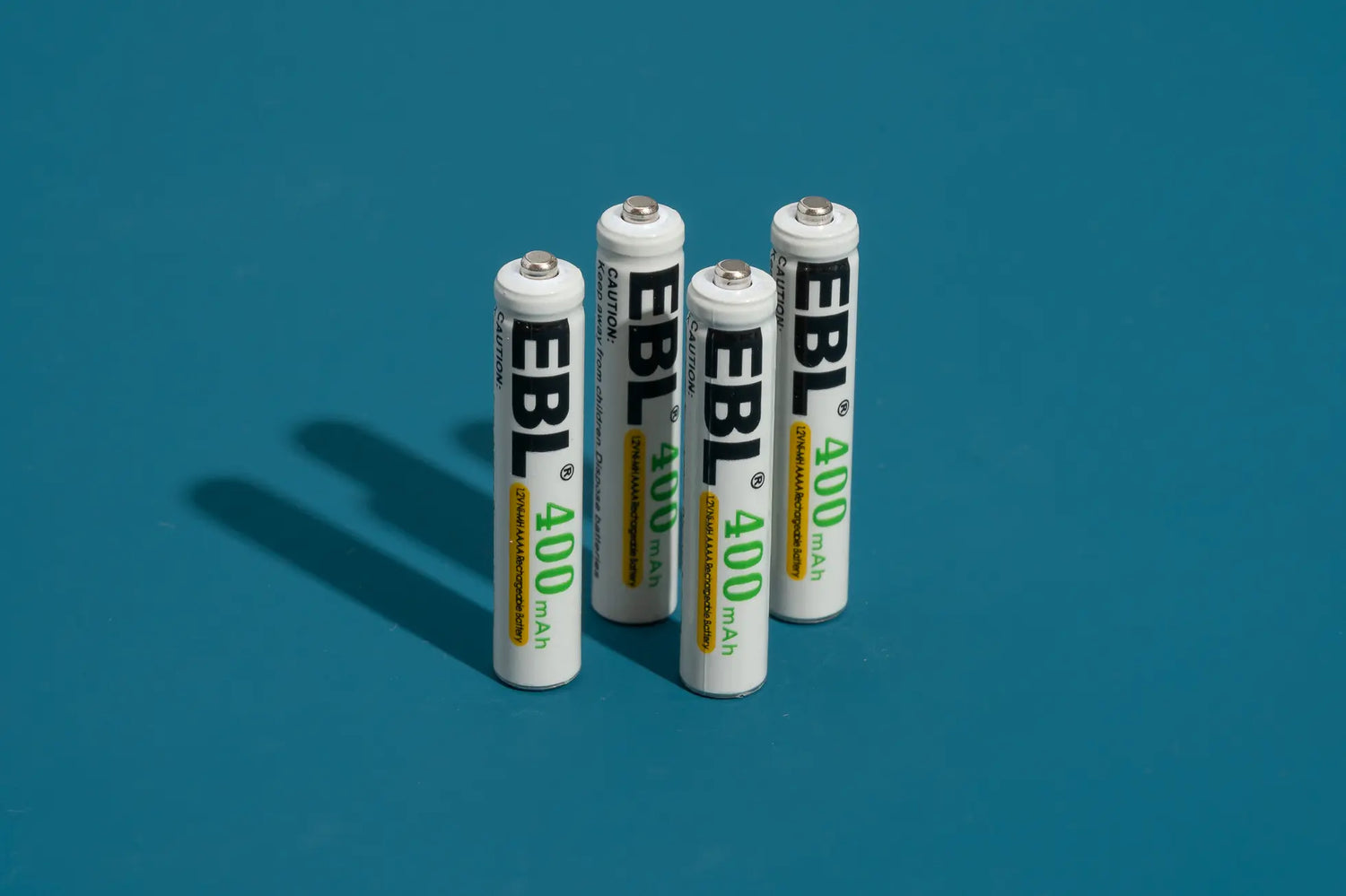

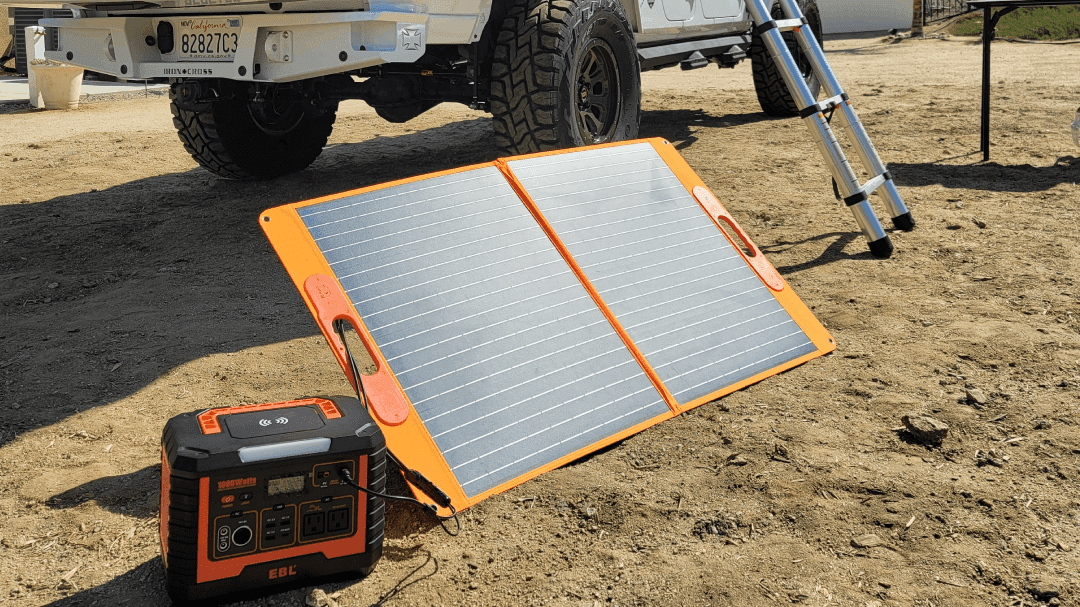

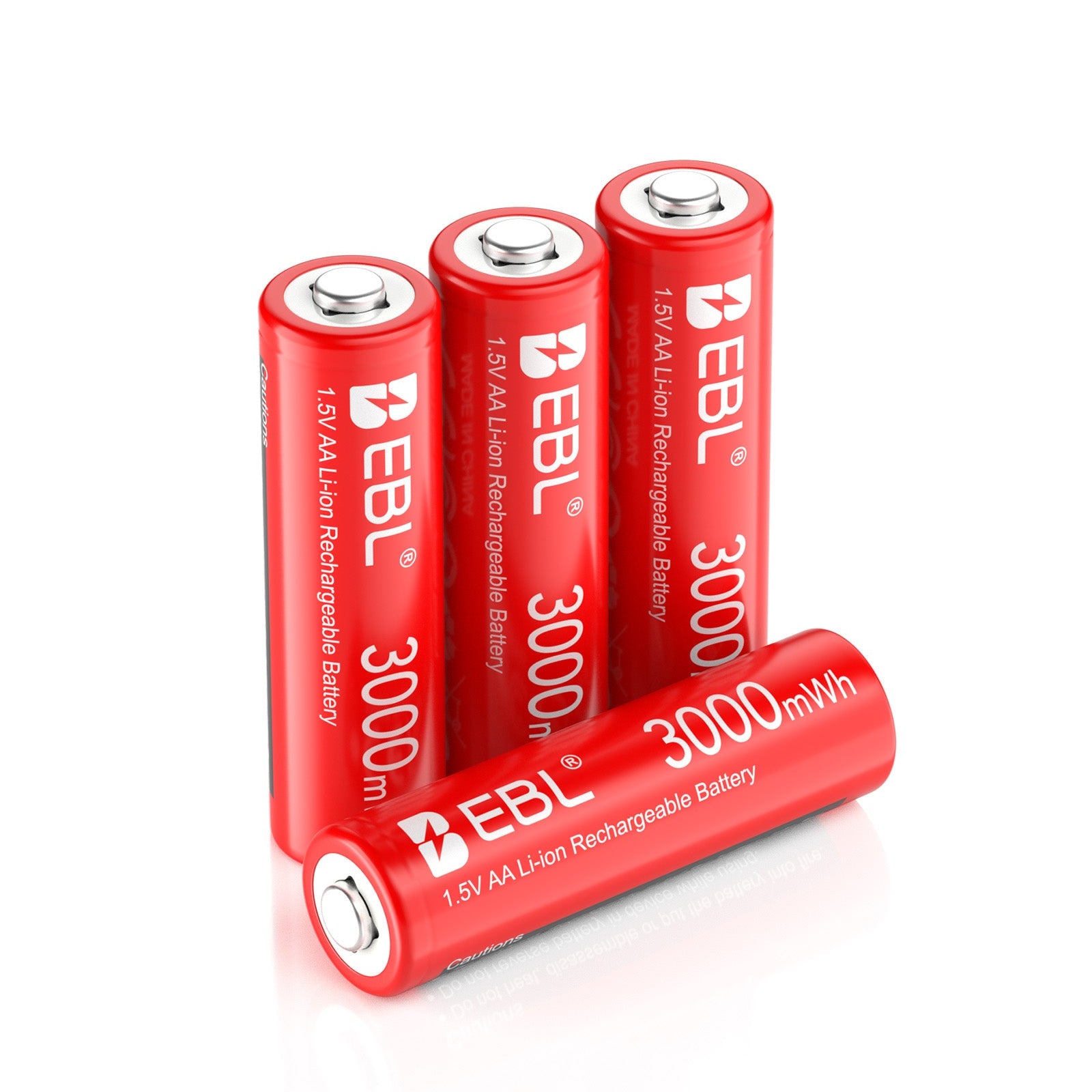
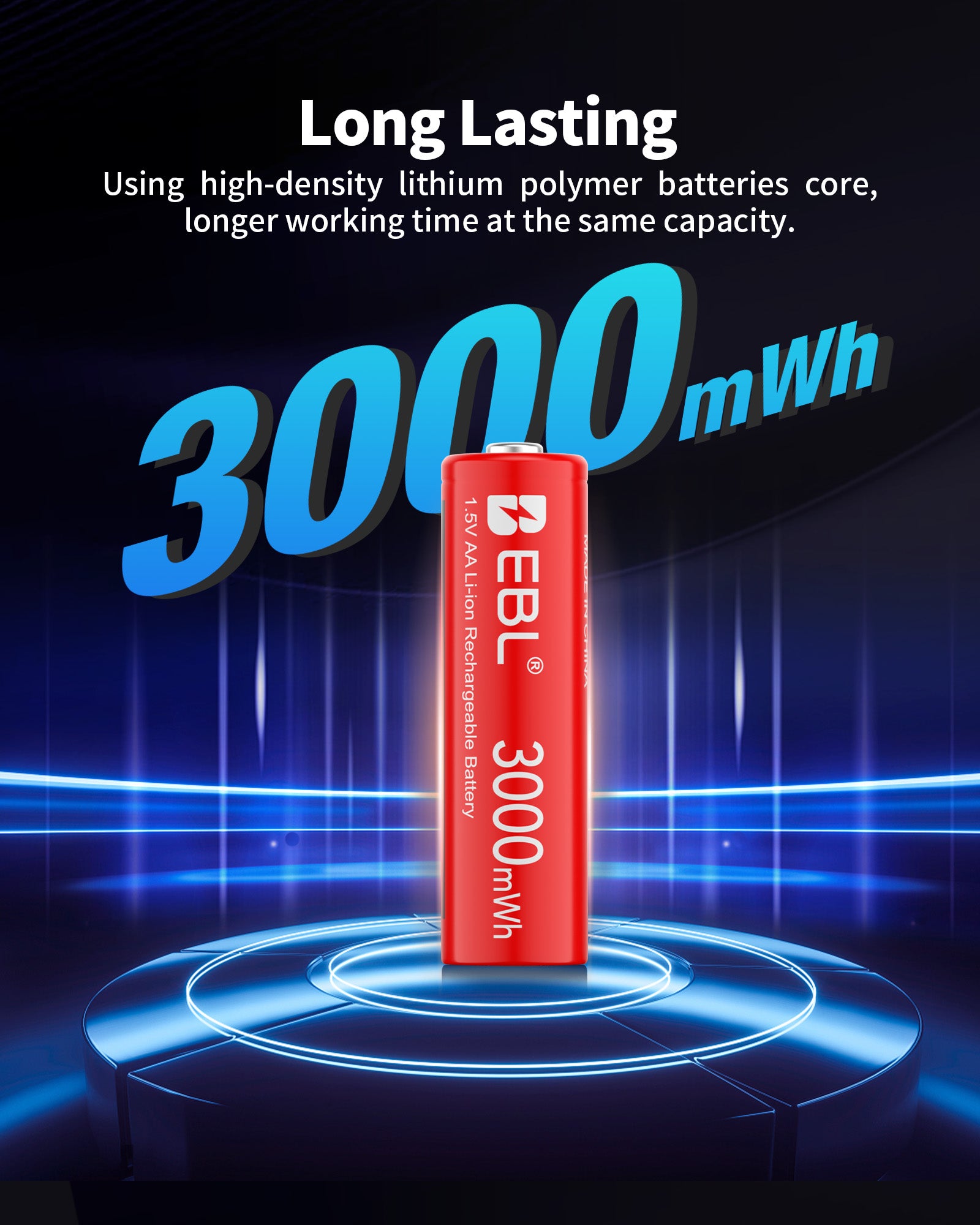
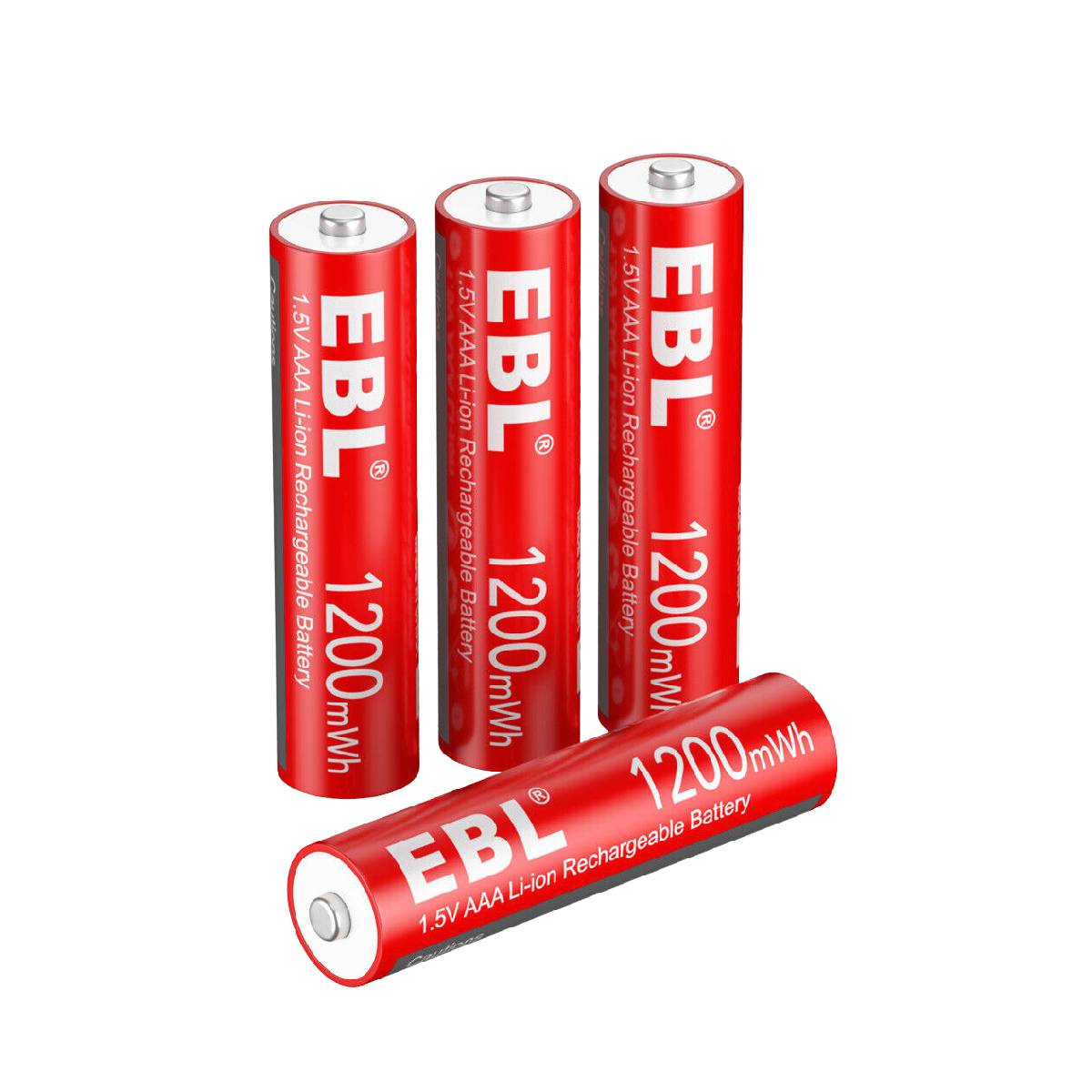
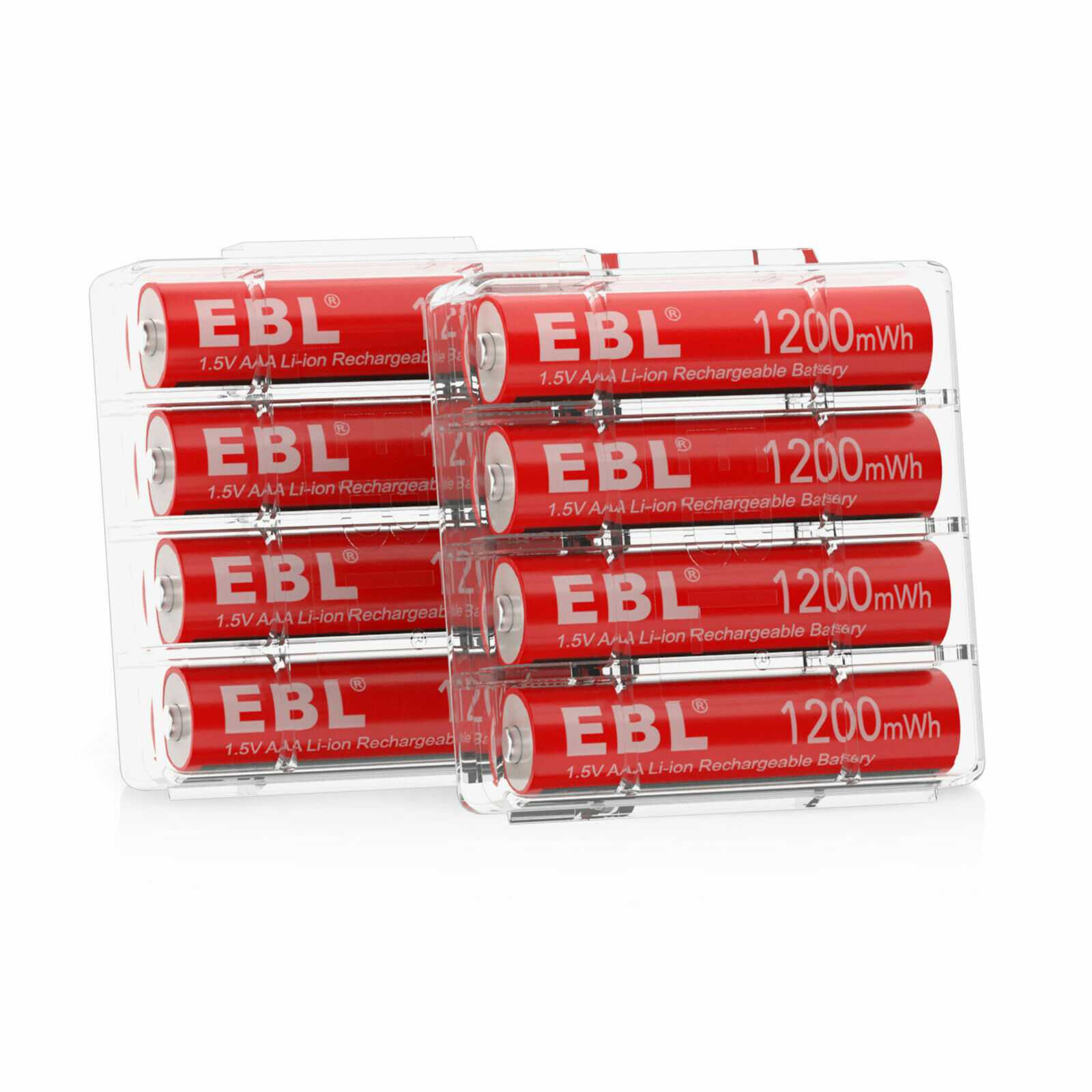
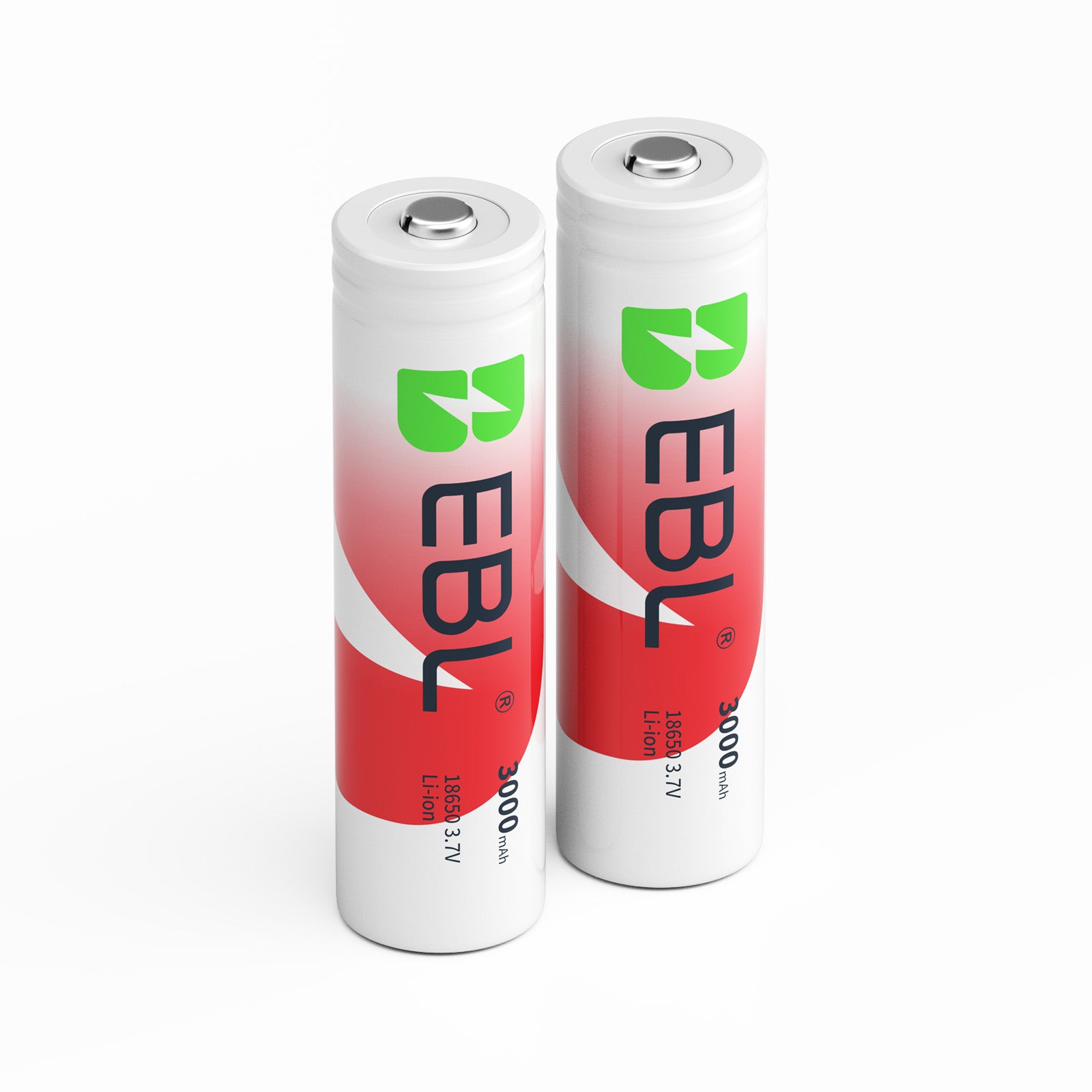
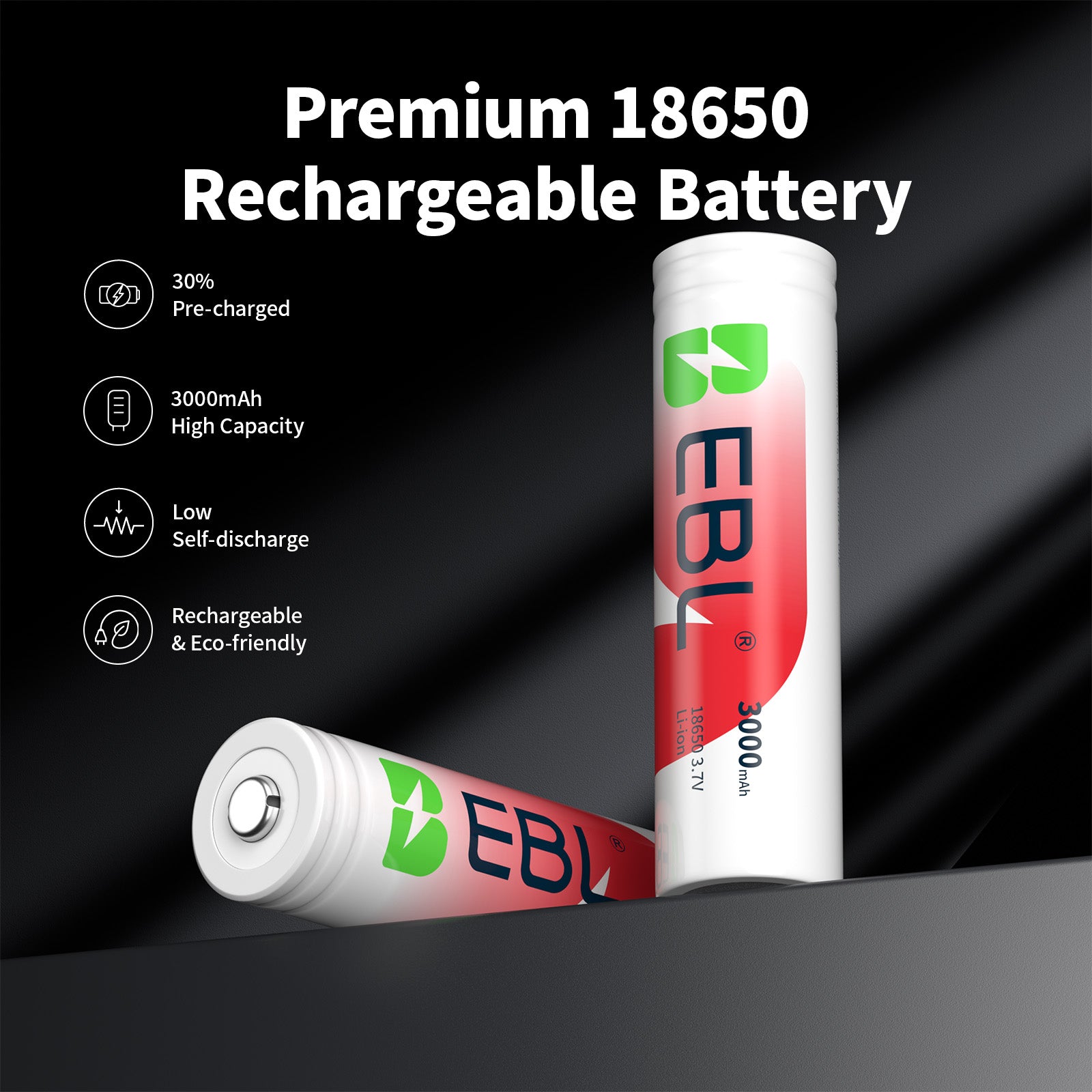
Leave a comment
All comments are moderated before being published.
This site is protected by hCaptcha and the hCaptcha Privacy Policy and Terms of Service apply.